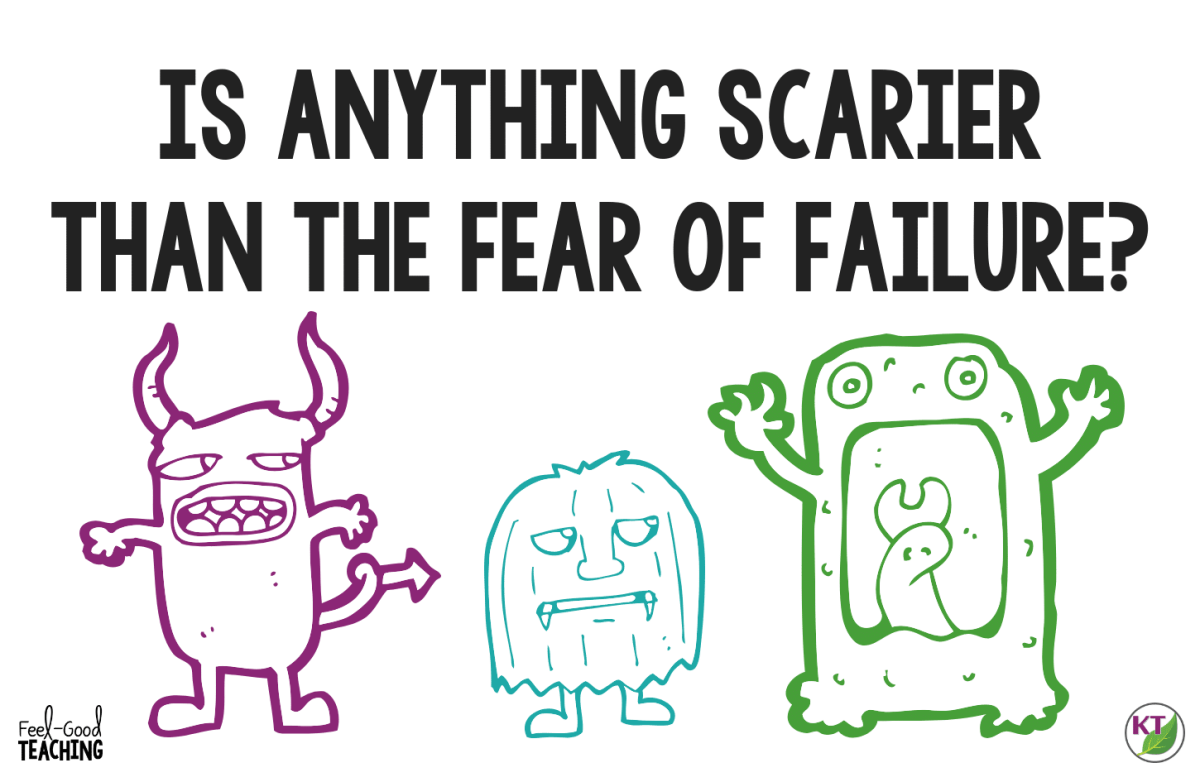“I’m lovin’ it.” “The Happiest Place on Earth.” “America runs on Dunkin’.” Chances are you may recognize these slogans. Mottos have always been a prominent staple of the marketing world, advertising businesses through an iconic one-liner. But with so many famous companies deriving their advertisement through these short statements, it proposes a question: Do mottos truly matter in the grand scheme of marketing?
Slogans are a common form of advertising used to deliver catchy, thought-provoking descriptions that represent the face of a business. They are attractive descriptions that retain brand identity and recognition, providing a memorable sense of identity. According to Kantar Link database, 50% of consumers say that a brand element helps them understand the company’s intent and purpose. However, business matters dictated through the simple wording of a slogan may risk adaptability due to overreliance on the motto in advertisements. With a combination of risks and rewards, they build new variables that question the need to implement mottos as a marketing strategy.
Benjamin Nguyen (12) commented that the mottos were “… Easily recognizable. It’s like a logo— when you hear it, it’s easy to recognize what it is. It’s so memorable.” Nguyen is not alone in his observation. Brand recognition has been shown to increase by up to 10% due to a simple implication of a motto, providing a high marketable ceiling through various types of advertisements. “Not only is the motto memorable, but it defines their mission. The motto makes it easy to see their intentions with their product, the feeling of how their service functions and it’s an easy way to get their message across to the world,” Nguyen added.
Although some find mottos helpful, others feel the negative impact of slogans outweighs their usefulness. Seobin Lee (12) described mottos as a turn-off for visiting restaurants, coming off as “slightly annoying at times.” With the businesses’ identity being satiated around a single phrase, it is easy to overplay advertisements to overwhelm the audience. “I understand that it is meant to keep ringing in your head, but because the advertisements are everywhere and they are so persistent. . . like the Burger King ad. I just don’t want to go to these places anymore,” Lee lamented. When advertisements are constantly pushed onto the same audience, it may cultivate a dismissive sentiment toward the company. “The phrases are usually really clever and easy to keep in mind. . . I understand that it is a smart marketing strategy, but I think these advertisements have gone too far.”
While slogans can represent a brand’s identity through catchy advertisements, these mottos risk possible backlash and discomfort through their perpetual overuse. However, despite various perspectives on the matter, the influence of mottos in the media today is undeniable. Their presence within the marketing community demonstrates their effectiveness as a common formula for success despite mixed reception. Ultimately, the argument’s concern shouldn’t rest in the memorability of the motto, but how it could represent and resonate with the target audience. The promise of “The Happiest Place on Earth” and “I’m lovin’ it” must align with the service the business provides. As companies continue to rise and evolve, a company shouldn’t prioritize a vacuous catchphrase, but rather the connection to the audience it’s given to.








